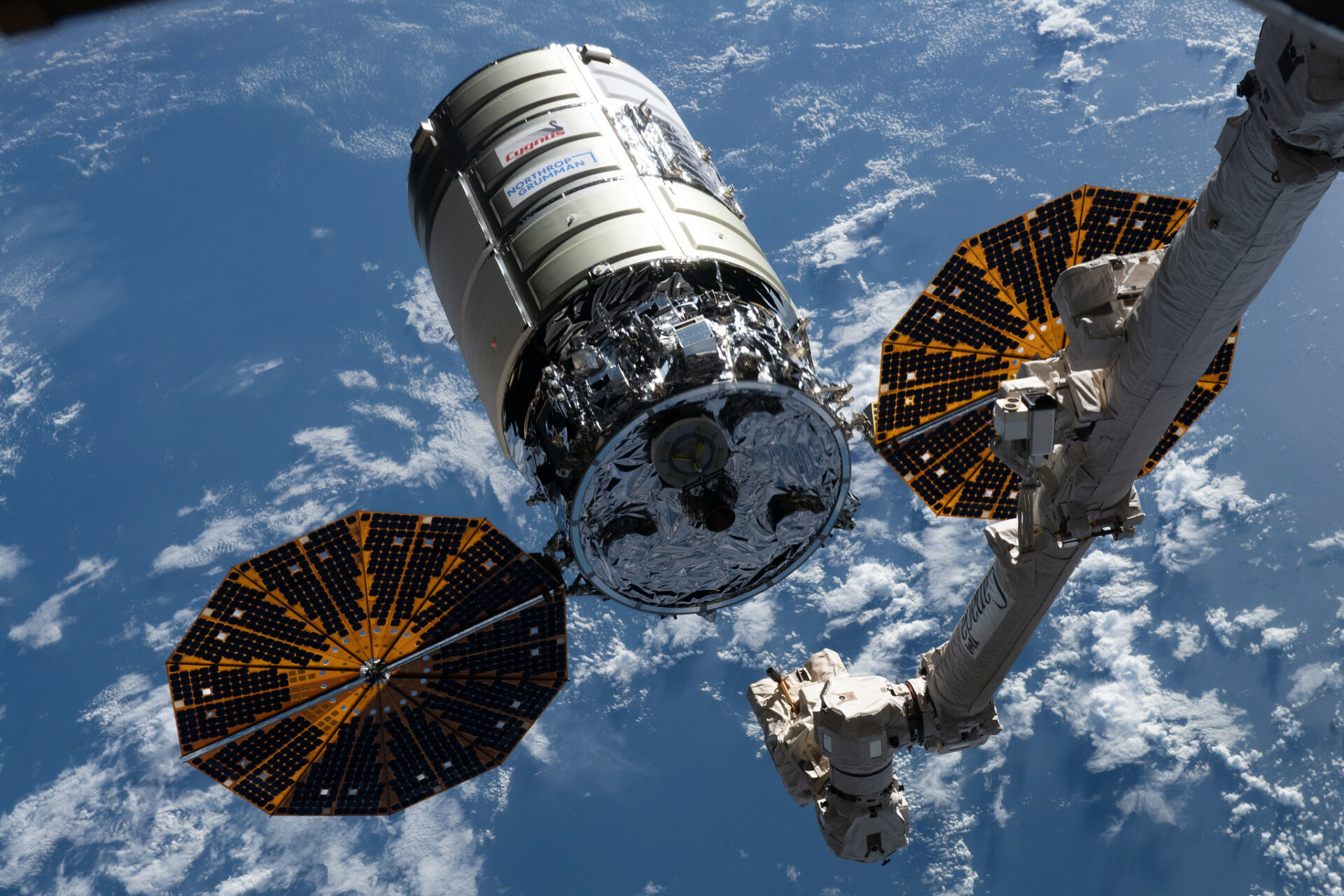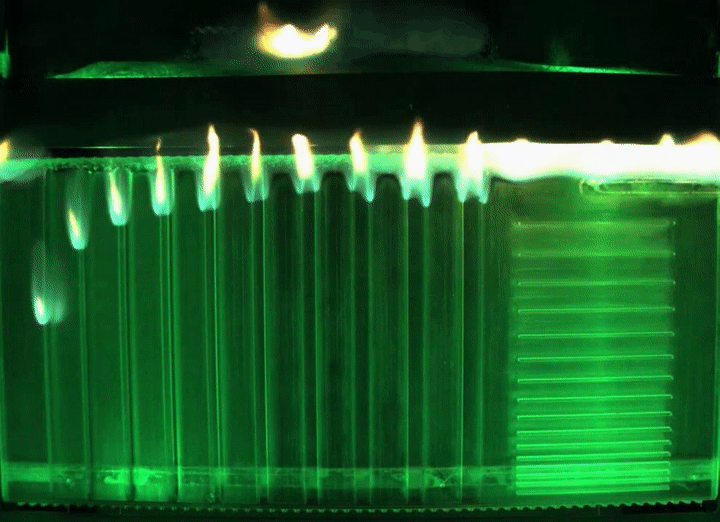The head of NASA’s fire experiments, David Urban, has submitted an application for fire safety work under the NASA Artemis program, which aims to land people and payloads on the surface of the Moon in the next few years.

The scientist hopes to study the practice of fire safety on the Commercial Lunar Payload Services (CLPS) robotic lunar vehicle, funded by NASA. Urban stressed that the idea is still at the proposal stage.
Urban is heading the Fire Experiment-VI (Saffire-VI) space experiment aboard Northrop Grumman’s Cygnus cargo spacecraft, which will launch no earlier than August 2 aboard the Antares launch vehicle. Cygnus will fly to the ISS with a set of scientific equipment and materials.
Cygnus will remain docked to the ISS for 90 days. But before its destruction in the Earth’s atmosphere, Saffire-VI will be automatically turned on. Similar to the five previous experiments, Saffire-VI will turn on only when Cygnus is at a safe distance from the ISS.

The Saffire series uses Cygnus spacecraft to see how flames spread in materials that are used in crew cabins. The experiment allows choosing the safest and most refractory materials with a width of about a meter, which will protect astronauts during the flight to the Moon. For this, the oxygen level in the spacecraft will be raised to make the experiment even more dangerous. The experimenters will also test a new extinguishing strategy for new materials to make sure the astronauts have enough time to tame the fire. Scientists will observe the whole process in real time via video.
SoFIE (Solid Fuel Ignition and Extinction) is another study of fires. It is installed in a rack for burning research, located on the Destiny module of the ISS. Unlike Saffire, SoFIE researchers can change parameters such as ignition factors, oxygen, pressure, radiation heating and flow rate during the experiment. But SoFIE uses smaller samples, about 10 to 30 cm long, for crew safety reasons.
Paul Ferkul, a researcher at NASA’s SoFIE Project, says his team’s experiment will also be useful for future colonies to be built on the Moon. “Understanding how flames spread and how materials burn in different environments is crucial for the safety of future astronauts,” he said.
Other experiments with fire on the ISS included the Flame Extinguishing Experiment, or FLEX (which partially studied the effect of oxygen on burning) and the experiment on the study of burning in microgravity (ACME), which aimed to reduce emissions from combustion.
NASA’s Artemis program aims to land a crew of astronauts on the Moon’s surface during the Artemis III mission, which is scheduled to launch in 2025 or 2026, depending on progress with SpaceX’s Starship spacecraft, which will be the mission’s lander.
Earlier we reported on how the Cygnus spacecraft had problems during the flight to the ISS.
According to NASA
Follow us on Twitter to get the most interesting space news in time
https://twitter.com/ust_magazine
